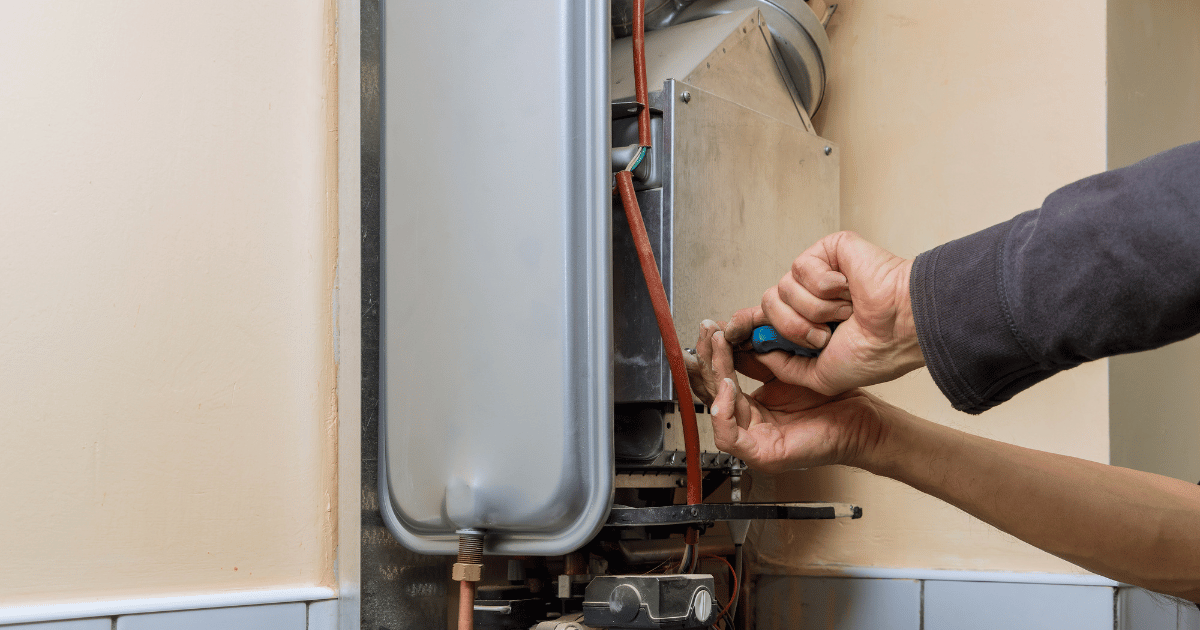Maintaining Your Home's Hot Water System: Key TipsMaking Sure Durability of Your Home's Hot Water System: Care Tips
Maintaining Your Home's Hot Water System: Key TipsMaking Sure Durability of Your Home's Hot Water System: Care Tips
Blog Article
Just how do you feel on the subject of Tips For Maintaining Your Hot Water Heater?

Hot water is vital for day-to-day comfort, whether it's for a rejuvenating shower or cleaning recipes. To ensure your hot water system runs efficiently and lasts longer, routine upkeep is key. This short article supplies sensible tips and understandings on just how to keep your home's warm water system to avoid interruptions and expensive fixings.
Intro
Maintaining your home's hot water system could seem overwhelming, yet with a few simple steps, you can ensure it runs smoothly for years to come. This guide covers everything from understanding your hot water system to DIY maintenance suggestions and understanding when to employ specialist aid.
Relevance of Keeping Your Warm Water System
Normal upkeep not just prolongs the life expectancy of your warm water system but additionally guarantees it runs effectively. Overlooking maintenance can bring about lowered effectiveness, greater power expenses, and even premature failure of the system.
Indicators Your Hot Water System Demands Maintenance
Knowing when your warm water system needs attention can prevent major issues. Look out for indicators such as inconsistent water temperature, weird noises from the heating system, or rusty water.
Purging the Hot Water Heater
Purging your hot water heater gets rid of debris buildup, improving efficiency and lengthening its life.
Checking and Changing Anode Rods
Anode poles avoid deterioration inside the tank. Evaluating and changing them when worn out is crucial.
Complex Issues Needing Professional Help
Instances consist of significant leakages, electric issues, or if your water heater is constantly underperforming.
Regular Specialist Maintenance Conveniences
Professional upkeep can include detailed inspections, tune-ups, and making sure conformity with safety standards.
Evaluating and Readjusting Temperature Setups
Readjusting the temperature level setups ensures ideal efficiency and safety and security.
DIY Tips for Maintenance
You can carry out a number of upkeep jobs on your own to maintain your warm water system in top condition.
Checking for Leaks
Frequently inspect pipes and connections for leaks, as these can result in water damage and higher expenses.
Understanding Your Hot Water System
Prior to diving right into upkeep jobs, it's handy to understand the fundamental elements of your hot water system. Commonly, this includes the water heater itself, pipelines, anode poles, and temperature level controls.
Monthly Maintenance Tasks
Regular regular monthly checks can help catch small issues prior to they rise.
Evaluating Stress Relief Valves
Testing the pressure safety valve ensures it works appropriately and protects against excessive stress build-up.
Insulating Pipes
Shielding hot water pipes minimizes heat loss and can conserve energy.
When to Call a Professional
While DIY upkeep is helpful, some issues need specialist expertise.
Final thought
Routine upkeep of your home's warm water system is essential for effectiveness, durability, and price financial savings. By complying with these pointers and recognizing when to seek professional aid, you can make sure a reputable supply of warm water without unforeseen disturbances.
How to Maintain an Instant Hot Water Heater
Before tinkering with your hot water heater, make sure that it’s not powered on. You also have to turn off the main circuit breaker and shut off the main gas line to prevent accidents. Also turn off the water valves connected to your unit to prevent water from flowing into and out of the appliance. 2. When you’re done, you have to detach the purge valves’ caps. These look like the letter “T” and are situated on either side of the water valves. Doing so will release any pressure that has accumulated inside the valves while at the same time avoid hot water from shooting out and burning your skin. 3. When the purge valves’ caps are removed, you have to connect your hosing lines to the valves. Your unit should have come with three hoses but if it didn’t, you can purchase these things from any hardware or home repair shops. You can also get them from retail stores that sell water heating systems. Read the user’s manual and follow it to complete this task properly. When the hosing lines are connected, open the purge port’s valves. 4. You should never use harsh chemical cleaners or solutions when cleaning your unit. Make use of white vinegar instead. It should be undiluted and you’ll probably use about 2 gallons. 5. Now flush your water heater. This task should probably take about 40 minutes. We can’t give you specific directions for this because the procedure is carried out depending on the type, model and brand of your heater. With that being said, refer to the user’s manual. 6. When you’re done draining the unit, you have to turn off the purge port valves again. Remove the hosing lines that you earlier installed on each of the water valves. Put the valve caps (purge port) back in their respective places and be very careful so as not to damage the rubber discs that are found inside these caps. 7. Now that everything’s back in place, check your user’s manual again to find out how to reactivate your water heating system. 8. Once it is working, turn one of your hot water faucets on just to let air pass through the heater’s water supply pipes. Leave the tap on until water flows smoothly out of it. https://www.orrplumbing.com/blog/2014/september/how-to-maintain-an-instant-hot-water-heater/

We are very interested in How to Maintain Your Water Heater & Prolong its Life and I'm hoping you enjoyed reading the entire blog entry. In case you liked our page please don't forget to share it. Thank you for going through it.
Get A Quote Report this page